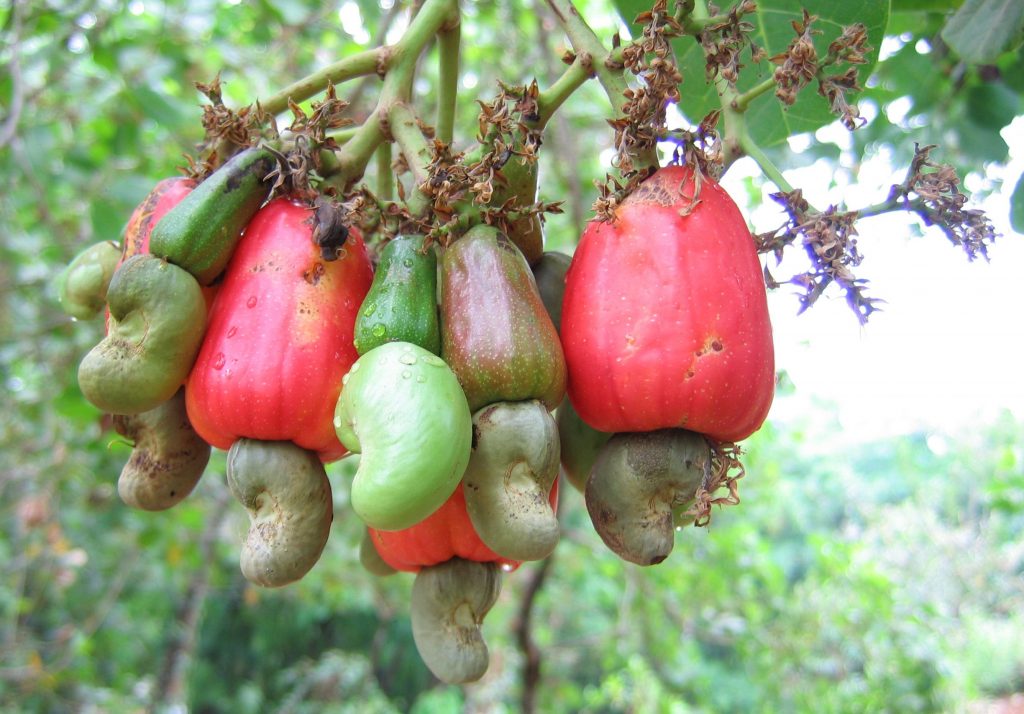

The extraction through vacuum pyrolysis has been reported by Das et al.

CNSL solvent extraction methods are various, but all require fairly large technical facilities and use chemicals which are sometimes toxic and expensive and under specific extraction conditions. Various methods have been reported in literature for the extraction of CNSL from CNS, which included, open pan roasting, drum roasting, hot oil roasting, cold extrusion, solvent extraction, etc. Structure of main components of CNSL (Phani et al., 2002) The variability of composition depends on extraction method but in general, the composition of natural CNSL is a mixture of anacardic acid, cardanol, cardol and 2-methyl-cardol in smaller quantities (Rajesh et al., 2011).įig. The most important use of CNSL is for the manufacture of friction modifying material for brake lining, clutch facing and industrial belting (Mwangi and Thiong’o, 2013).Įxtraction of CNSL is carried out by various methods that are discussed in detail in the literature. Technical CNSL contains mainly cardanol (60-65%), cardol (15-20%) and traces of methyl-cardol (Mazzetto et al., 2009).ĬNSL is a versatile raw material and has many industrial applications with 200 patents. CNSL obtained by cold extraction is considered as natural CNSL and when it is extracted by hot extraction, it is denominated as technical CNSL.ĬNSL extracts contains anacardic acid (60-65%), cardol (15-20%), cardanol (10%) and traces of methyl-cardol. CNSL is extracted from Cashew nut shell by different methods like roasting, hot oil process, screw pressing, solvent extraction and super critical carbon dioxide extraction. CNSL consists of unsaturated phenolic compounds as anacardic acid (90%) and cardol (10%) with minor amounts of 2-methyl cardol and cardanol (Patel et al., 2006).

Cashew nut shell contains a dark reddish brown viscous liquid called cashew nut shell liquid (CNSL). of the cashew kernel (Rodrigues et al., 2006) has been considered as residue of cashew nut production, which may be an environmental problem if it is not handled properly.Ĭashew nut shell is the by-product of the cashew industry. While the kernel is nutritionally valuable, the shell which represents around 50 % wt. ) is an indigenous tree of Brazil and grows well in some tropical countries in Asia and Africa (Assuncão and Mercadante, 2003 Michodjehoun-Mestres et al., 2009 Shobha et al., 1992).Ĭashew nut comprises the shell and the kernel. Key words: cashew nut shell liquid extraction, solvent effect, High Performance Liquid Chromatography-UV, GC-MS Chromatography IntroductionĬashew ( Anacardium occidentale L. The quality of the analyzed extracts was almost equal in cardol, cardanol, anacardol and anacardic acid contents. Chemical composition of the extracted oil by ASE or by atmospheric pressure extraction showed minor difference in their composition. However, the composition of CNSL varied among these different operating conditions.

The extraction obtained with water at atmospheric pressure was close to ASE extraction (49.8%). The best yields of extraction (51.7%) were obtained with water-methanol mixture by using an accelerated solvent extractor (ASE) under pressure at 100 bars. Effects of process parameters such as extraction cycle, pressure, solvent volume and extraction duration were investigated. The extraction of cashew nut shell liquid (CNSL) was investigated using five solvents (water, water-methanol mixture, acetone, methanol and hexane) under different extraction conditions.


 0 kommentar(er)
0 kommentar(er)
